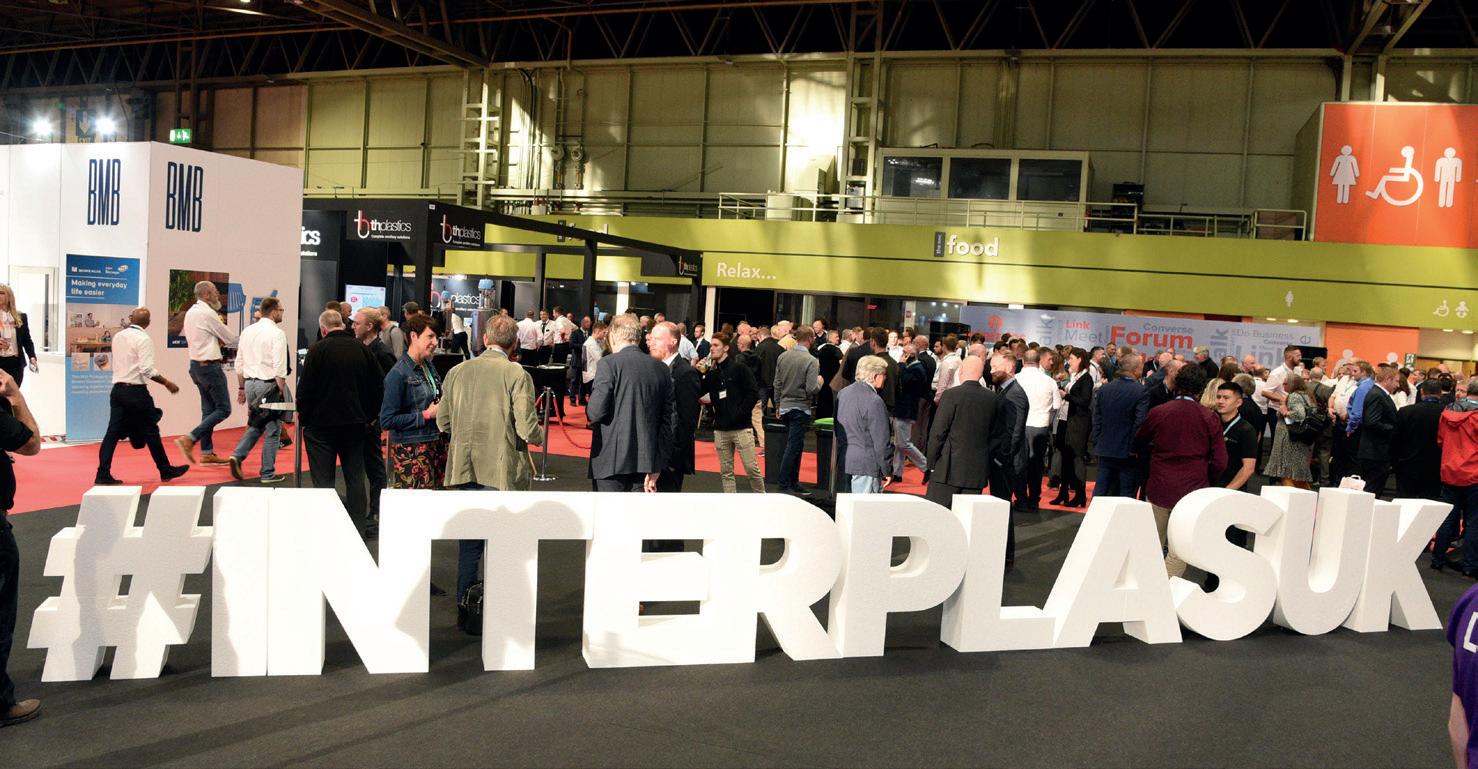
1 minute read
RESHORING WITH ROBOTS
from BP&R Jan/Feb 23
Manufacturers hope that, by reshoring, they can bring supply closer to demand in order to achieve shorter lead times and better service against the current global supply chain issues and increasing import costs. Here, Nigel Smith, CEO of industrial robot specialist TM Robotics, the official distributor of Shibaura Machine, explains the vital role of advanced robotics in these trends.
“Mama, I’m coming home,” Ozzy Osbourne once sang, “here I come, but I ain’t the same.” This could apply to manufacturers that are trying to quickly reshore production back to their own countries, under slogans such as “buy British” in the UK. In doing so, companies hope to mitigate supply chain issues caused by the after-effects of the COVID-19 pandemic, Brexit, the Ukraine conflict and material shortages.
But, to paraphrase Ozzy, manufacturing is no longer the same. Gone are the preCovid days when managers and suppliers could take supply chains for granted, and manufacturing was outsourced to countries like China at a significant profit. Instead, businesses are under pressure to reshore their production while keeping it economically viable, reducing lead times and improving quality of service, despite the supply chain disruptions.
However, according to the London School of Economics, robotisation might play a vital role in helping manufacturers bring their operations back home to the UK.
High production
Take injection moulding for instance, a manufacturing process that Digital Journal predicts will see booming growth between 2023 and 2030. Injection moulding is used to manufacture a huge variety of plastic parts — everything from medical devices to takeaway food containers — with good repeatability, consistently high production with low waste, and a low-cost-per-part. However, the injection moulding process can be expensive, overall. Estimates range from £3,000 to £100,000, relative to the size of the product, the volume of manufacture and the speed of production.
How can automation and robotics lower these costs? First, let’s consider that 90 per cent of the costs of injection moulding are attributable to the electricity used to power the injection moulding machine itself. Machines powered by a hydraulic motor are often favoured because they produce higher energy levels and higher injection pressures, and the initial cost of the machine is lower.
But, there are disadvantages. The machine’s hydraulic power is connected to an electric power unit, so works at maximum capacity during the entire moulding process and even consumes energy when idle. These factors significantly impede the energy efficiency, and are why manufacturers should instead consider all-electric machines.










